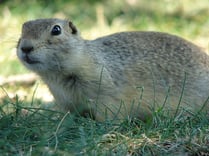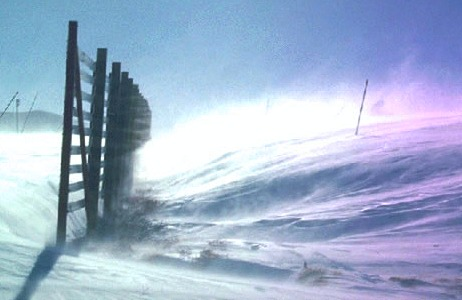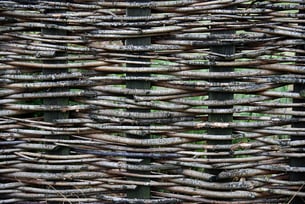First, begin with this helpful overview of protecting raised beds.
Questions- Does the damage caused by gophers cost you money?
- Are you tired of gophers destroying your lawn, garden, fields, and flower beds?
- Have you been looking for a gopher deterrent to solve the problem?
Zinc-Coated Hardware Cloth
One type of mesh ideal for this purpose is 19 gauge hardware cloth with ½" x ½" square mesh. This galvanized after weld mesh lasts a long time underground. The zinc coating resists rust and corrosion. It is available in 24", 36", 48", 60" and 72" widths. Roll lengths are 50' and 100' except for the 60" and 72" sizes which are only available in 100' rolls. The wider widths work well when you need to cover a large area like a lawn.
An Impenetrable Barrier

An effective way to eliminate damage and destruction of your lawn, garden, and planted areas is to lay down wire mesh under the soil. This will form an impenetrable barrier, preventing gophers from digging their way to the surface, forcing them to stay underground outside of protected areas.
Gophers, Moles, and Voles
Here's one man's answer and an excellent use of hardware cloth:
More Protection
If you want a product that will last even longer, use wire that is black vinyl-coated. The same mesh is available in all widths in 100' rolls. Vinyl coating over the galvanized mesh gives significant additional protection against rust and corrosion.
Have you tried other methods of gopher exclusion? Do they work?
What other types of gopher deterrents do you find effective?






















